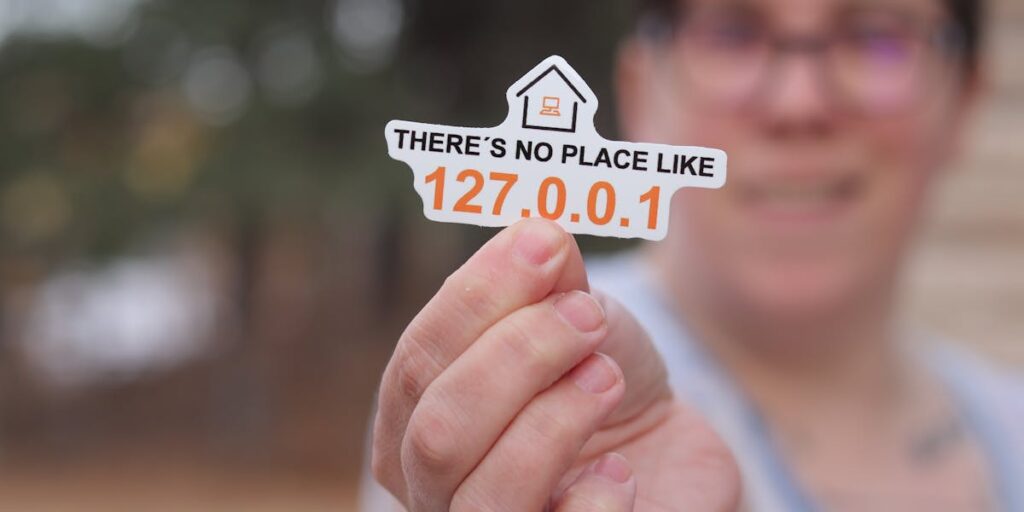Explain the Comparative Method and Its Scope in Social Science Research
The comparative method is a fundamental research approach in social sciences that involves comparing two or more cases, societies, or phenomena to identify patterns, similarities, and differences. It helps researchers understand the underlying factors that shape social behavior, institutions, and structures. This method is particularly valuable in sociology, anthropology, and political science, where the complexity […]
Explain the Comparative Method and Its Scope in Social Science Research Read More »










